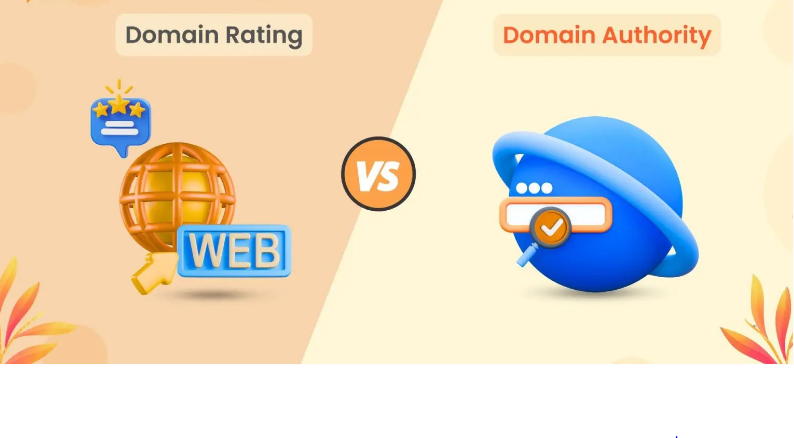Domain Rating vs Domain Authority: What to Know in Search Engine Optimization
Introduction
When it comes to search engine optimization (seo), the record strength of a website is essential for link building and score strategies. Two of the maximum widely used metrics are Domain Authority (DA) through Moz and Domain Rating (DR) through Ahrefs. While many beginners confuse the 2, it’s essential to recognize the variations and the way each impacts your seo efforts. In this manual, we’ll break down Domain Rating vs Domain Authority, give an explanation for how they’re calculated, and show you a method to apply them successfully.
What is Domain Authority (DA)?
Domain Authority (DA) is a score developed by way of Moz that predicts how likely a website is to rank in search engine results.
- Scale: 1 to one hundred (higher means more authority).
- Factors taken into consideration: Number of one-way links, satisfaction of linking domain names, and overall website online strength.
- Use case: Compare websites’ rating ability and monitor SEO progress.
Example: A DA 80 website online like Forbes, has stronger rating capability than a DA 20 private blog.
What is Domain Rating (DR)?
Domain Rating (DR) is a metric created by way of Ahrefs that measures the power of a website’s inbound link profile.
- Scale: zero to 100 (higher way more potent backlinks).
- Factors taken into consideration: Quality and quantity of one-way links, hyperlink variety, and dofollow hyperlinks.
- Use case: Evaluate one-way link energy whilst making plans for hyperlink building campaigns.
Example: If your website online has DR 60, it method your one-way link profile is stronger than most mid-tier sites but weaker than high authority domain names.
Which Metric Should You Trust More?
Neither DA nor DR is a Google rating thing they are 1/3-birthday celebration metrics. However, each is useful for search engine optimization analysis:
- Use DA when you want a widespread concept of ways authoritative a domain is in comparison to competition.
- Use DR while studying backlink opportunities, mainly for link building.
- For exceptional effects, don’t depend upon simply one metric. Combine DA, DR, natural traffic, and relevance to make knowledgeable search engine optimization selections.
How to Use DA and DR in Search Engine Optimization
- Link Building: Target websites with better DA and DR for inbound links.
- Competitor Analysis: Compare your website’s online authority with competitors to discover business opportunities.
- Content Strategy: Create incredible content material to draw one-way links and increase DA/DR naturally.
- SEO Reporting: Track your website’s online DA/DR over the years to degree development.
Tips to Improve Both DA and DR
- Earn backlinks from authentic, high authority websites.
- Publish unique, treasured content that attracts natural links.
- Avoid spammy or low-satisfactory inbound links.
- Improve inner linking structure.
- Keep your website technically optimized (rapid loading, cellular-friendly, mistakes-unfastened).
Conclusion
In the Domain Rating vs Domain Authority debate, neither metric is “higher”; they without a doubt degree exceptional aspects of SEO. DA (Moz) predicts how, in all likelihood, your website is to rank, even as DR (Ahrefs) evaluates the strength of your backlink profile. Smart search engine optimization professionals use both collectively, along with other metrics like natural site visitors, keyword scores, and relevance, to make well-rounded decisions.
If you need to succeed in search engine marketing, don’t obsess over a single number as a substitute, consciousness on building a strong backlink profile, creating exquisite content, and supplying value to your audience.


